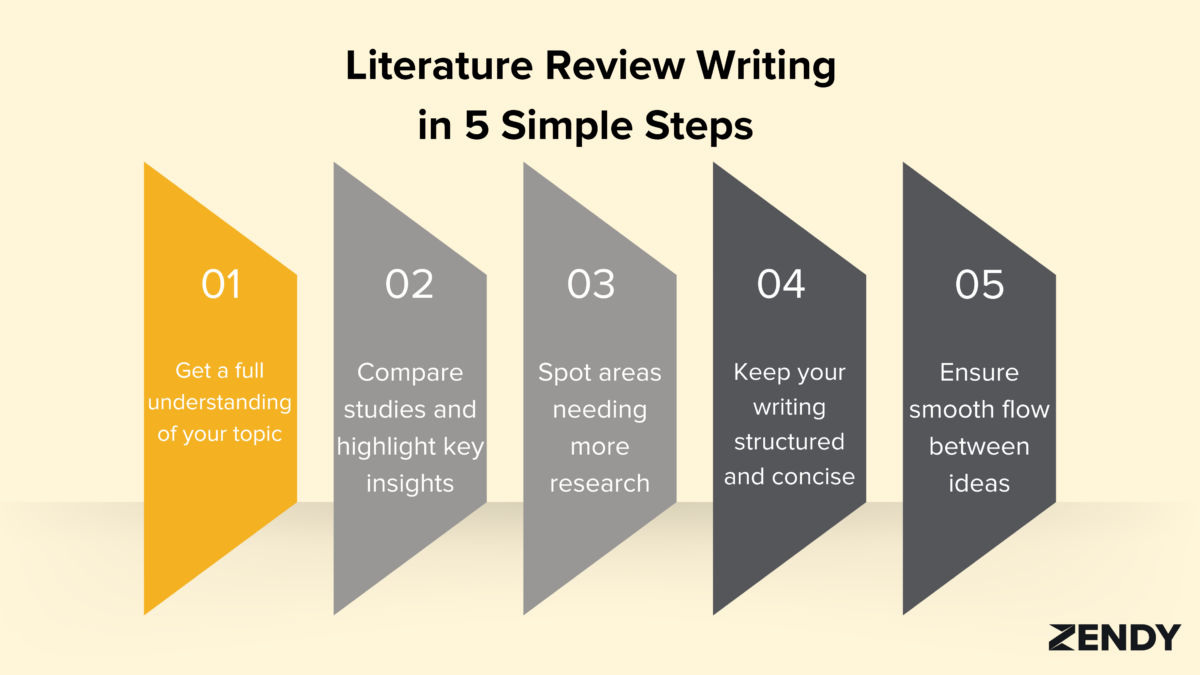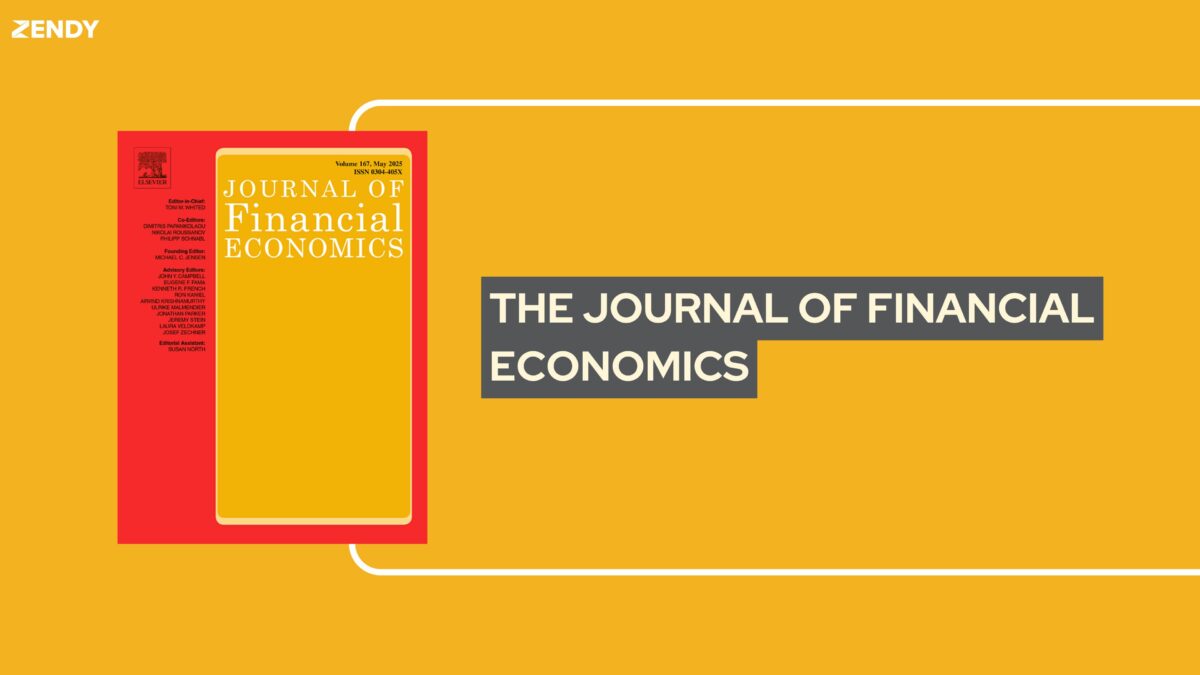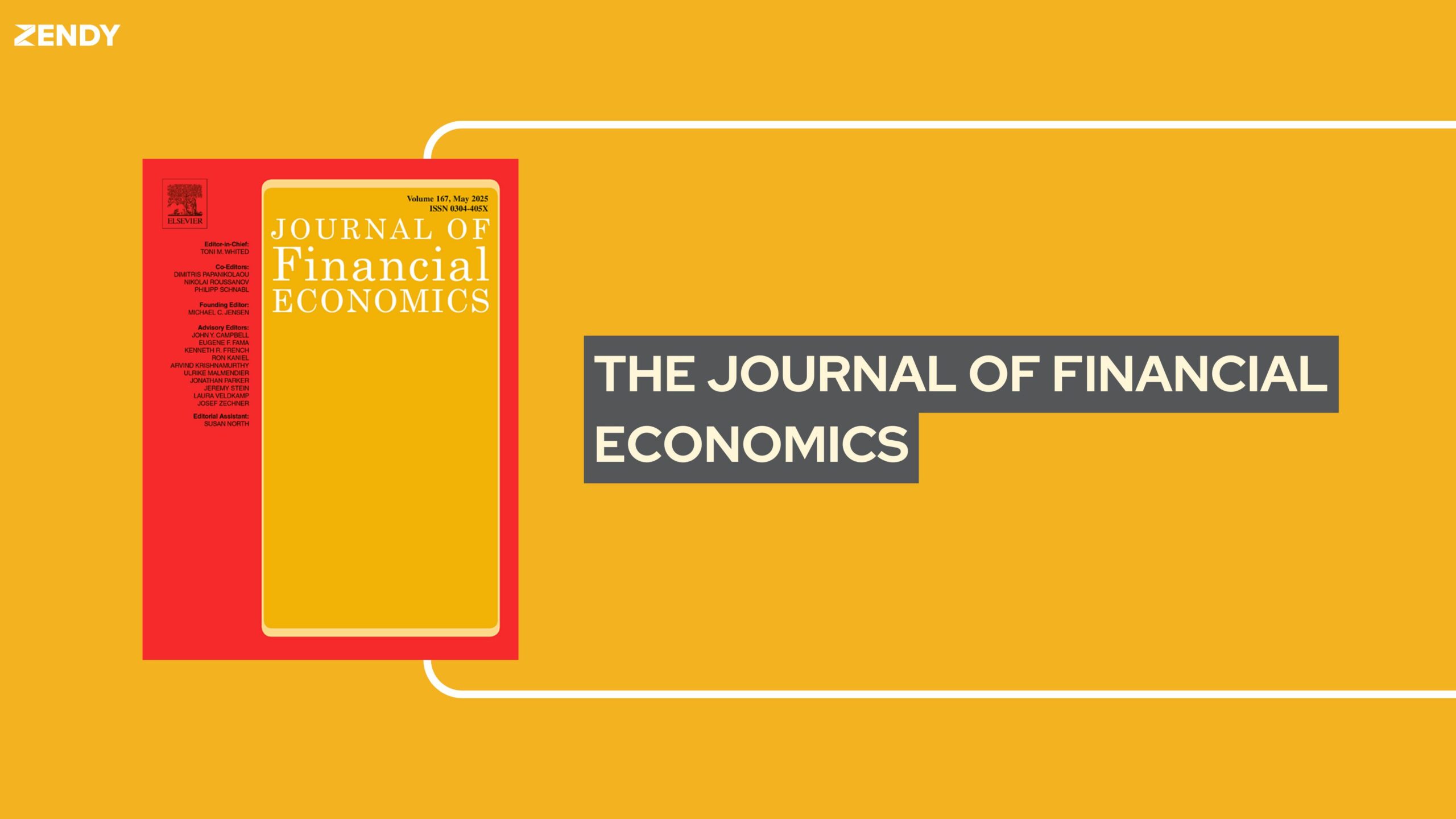In a previous blog, we highlighted top 5 best AI tools for literature review that offer a large collection of research materials to support your research. Now, in this blog, we will go through the process and the 3 pillars of writing lit review while providing a real-life literature review example to help you grasp the concept with ease.
What’s a Literature Review?
A literature review is a summary of what other researchers have already discovered about your topic. It helps you figure out what’s already known, what questions still need answers, and how your own research fits into the bigger picture.
What Are the 3 Pillars of Literature Review?
Introduction
The introduction of a literature review should:
- Provide context for the topic
- Define the scope and purpose of the review
- Outline the organisational framework
- Present a clear thesis statement
Body
The body of the literature review is where you analyse and synthesise existing research. Consider organising your review by:
- Themes or concepts
- Chronological order
- Methodological approaches
Conclusion
A strong conclusion should:
- Summarise key findings
- Highlight contributions to the field
- Discuss implications and applications
- Suggest directions for future research
Tips on How to Write a Great Literature Review
- Read widely to get a full picture of your topic.
- Don’t just summarise – analyse and compare different studies.
- Look for patterns and gaps in the research.
- Keep your writing clear and logical.
- Use transition words to help your ideas flow smoothly.

How Zendy Can Help with Your Literature Review
In order to write a strong literature review you need to find the right sources, and of course a tools to help accelerate the process.
Zendy.io isn’t just a digital library that offers access to relevant studies across disciplines, but it also helps you write a solid literature review, Zendy AI tools include features designed to help you with literature reviews. You can:
- Summarise lengthy research articles instantly
- Highlight key phrases and findings
- Ask ZAIA, your personal AI research assistant, to explain complex papers
- Compare multiple sources to find common themes or gaps
It’s a simple way to stay focused, save time, and actually enjoy the process.
Real-Life Literature Review Example
This is my favourite example of a literature review! Assume you’re reviewing literature on climate change and agriculture:
“Researchers have been studying how climate change affects farming for decades. Early studies in the 1990s focused mainly on crop yields (Stephen, 1992; Iana, 1995). As time went on, scientists started looking at more complex issues. For example, Sleman (2005) examined how changing rainfall patterns affect soil quality, while Monica (2010) investigated the spread of new crop diseases in warmer temperatures.
Recent research has taken a broader view. Emad (2018) looked at how climate change impacts entire food systems, from farm to table. Meanwhile, Rodrigo (2020) explored how small-scale farmers in developing countries are adapting to new weather patterns.
Despite all this research, we still don’t know enough about how climate change will affect food security in specific regions. Future studies could focus on creating detailed, local predictions to help farmers prepare for what’s ahead.”
See how this example of literature review flows naturally from one idea to the next? It gives you a clear picture of how research in this area has evolved over time.
Other Examples of Literature Review
- Chronological literature review example: Learners’ Listening Comprehension Difficulties in English Language Learning: A Literature Review
- Methodological literature review example: Literature review as a research methodology: An overview and guidelines
- Theoretical literature review example: Why Do People Migrate? A Review of the Theoretical Literature
- Thematic literature review example: The Use of Technology in English Language Learning: A Literature Review
- Other literature review example:
By following these tips and studying literature review examples, you’ll be ready to start writing a solid literature review.
Remember, the key is to organise your sources, explain how they connect, and point out what still needs to be studied. Happy researching!


